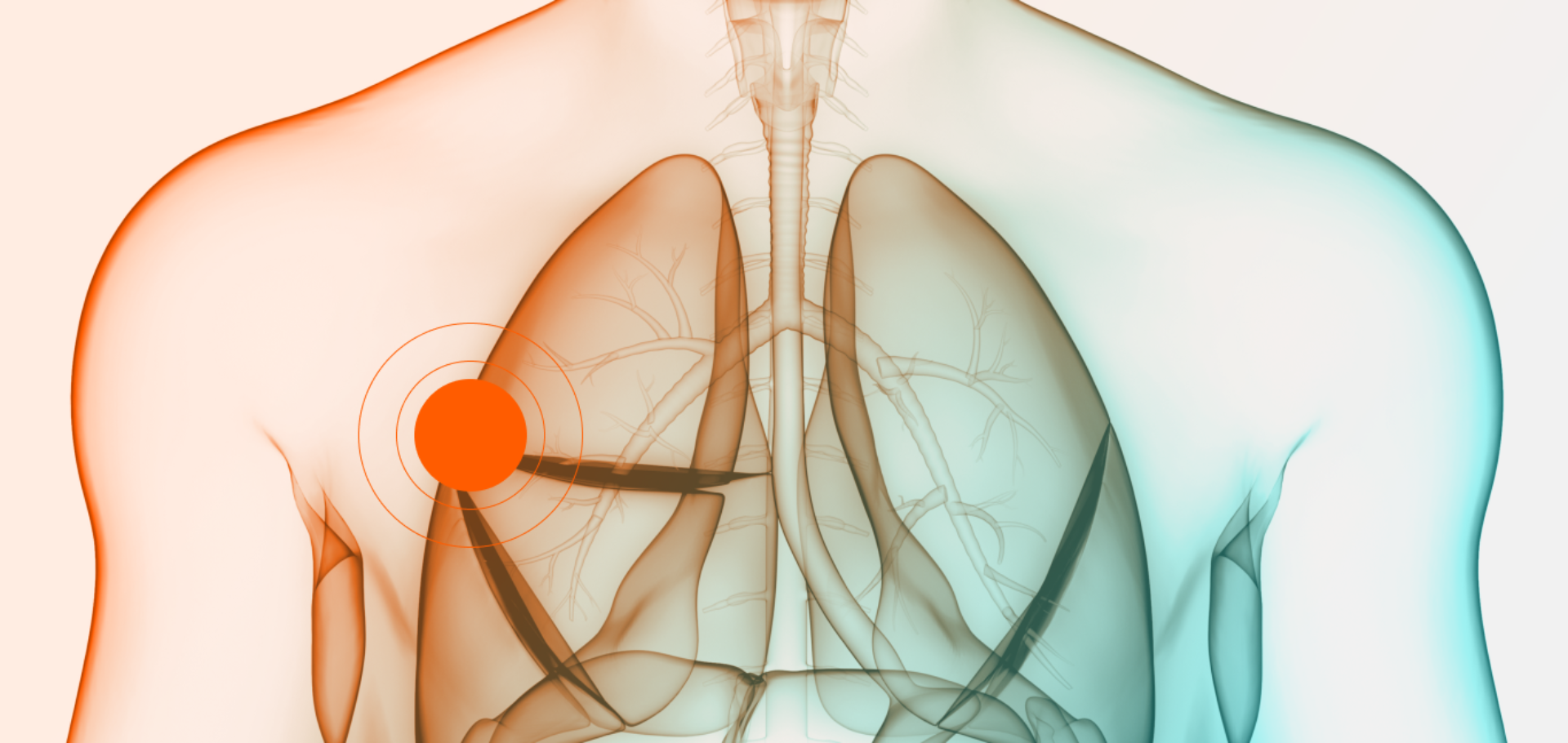an early and cost effective way to detect lung cancer

Lung Cancer is one of the most common cancers in the world
There were more than 2 million new cases in 2018. The majority of lung malignancies have already spread by the time they are diagnosed.

CT scanning currently has a false positive rate of approximately 90%, depending on route of referral. False positive results lead to unnecessary and costly investigations that are typically repeated multiple times. These are often invasive and can cause significant patient trauma.
False positive results lead to unnecessary, costly and invasive investigations and can cause significant patient trauma, and which are typically repeated multiple times.
There is currently no single biomarker blood-based diagnostic approved for use in the NHS for detection of lung cancer at an early stage
a new lung cancer test
Cizzle Biotech has developed a prototype confirmative test to address the false positive rates of CT scanning to avoid unnecessary invasive testing and costs

The test is intended to address a clear unmet clinical need – the early detection of lung cancer, when curative surgical resection is possible.
Initial product is intended to be an immunoassay for hospitals and reference laboratories. Follow on product could be a point of care test performed by a primary health care provider.
advantages to patients
+ Less radiation
Reduced exposure to radiation due to a reduced need for repeated CT scanning
+ Non-invasive
Relatively non-invasive, involving a small blood sample
+ Convenient
Will not require attending specialist scanning units within hospitals
+ Faster
Reduced waiting times until diagnosis
advantages to the healthcare system
+ Freeing up resources
Reducing burden on fixed resources, by freeing up CT scanners
+ Non-invasive
The test could allow for fewer patients needing costly, ultimately futile interventions